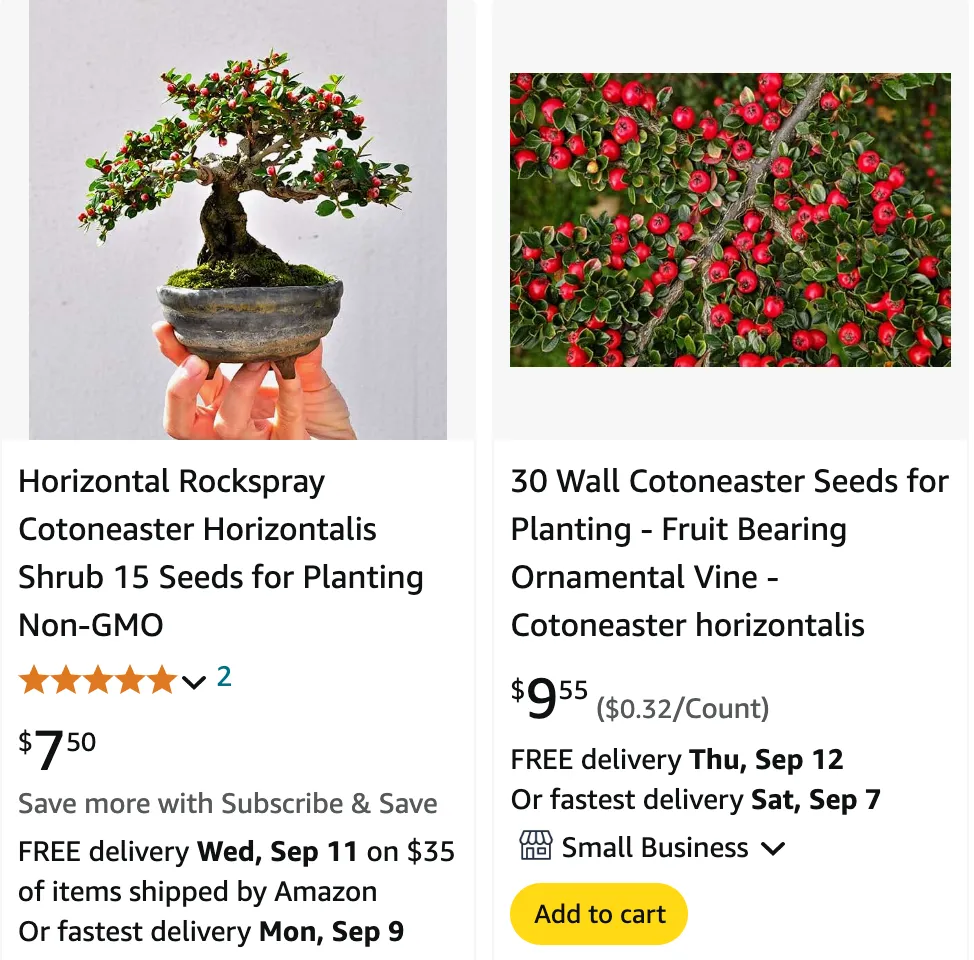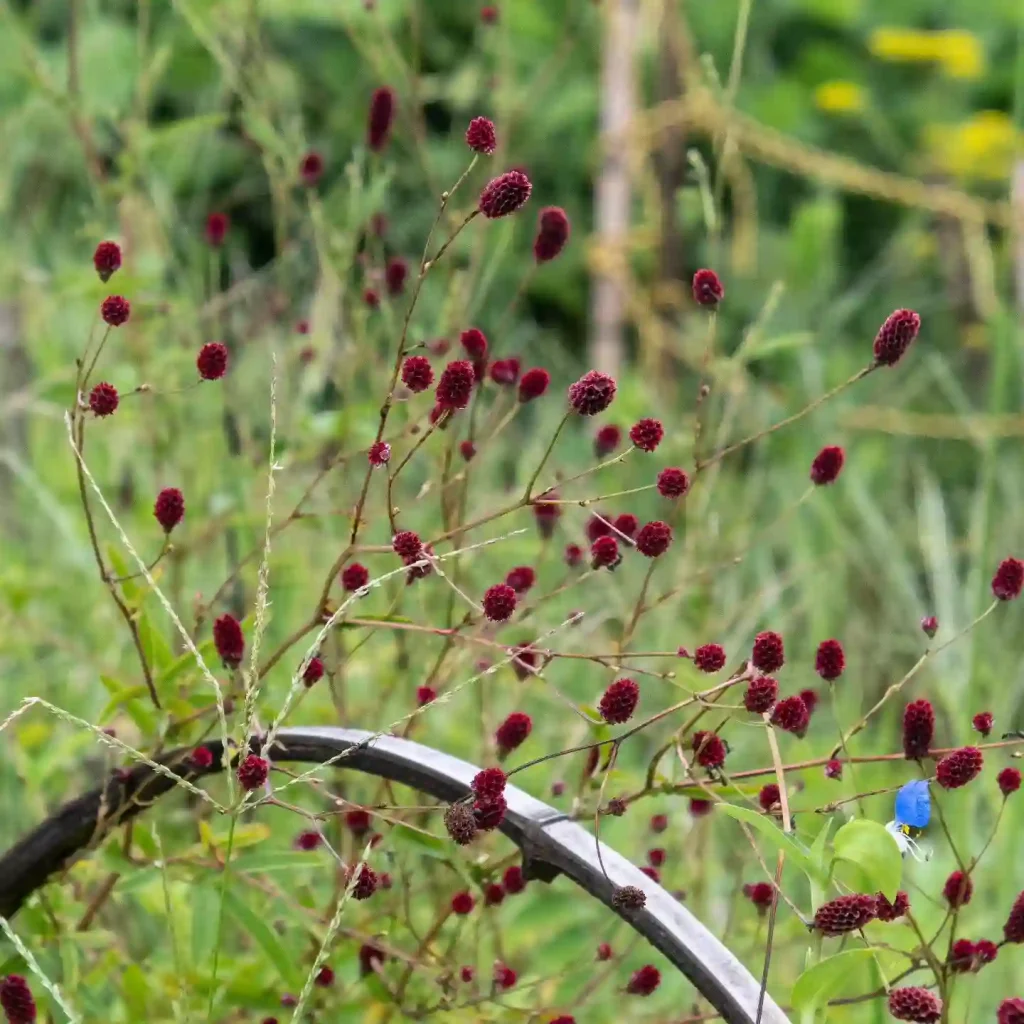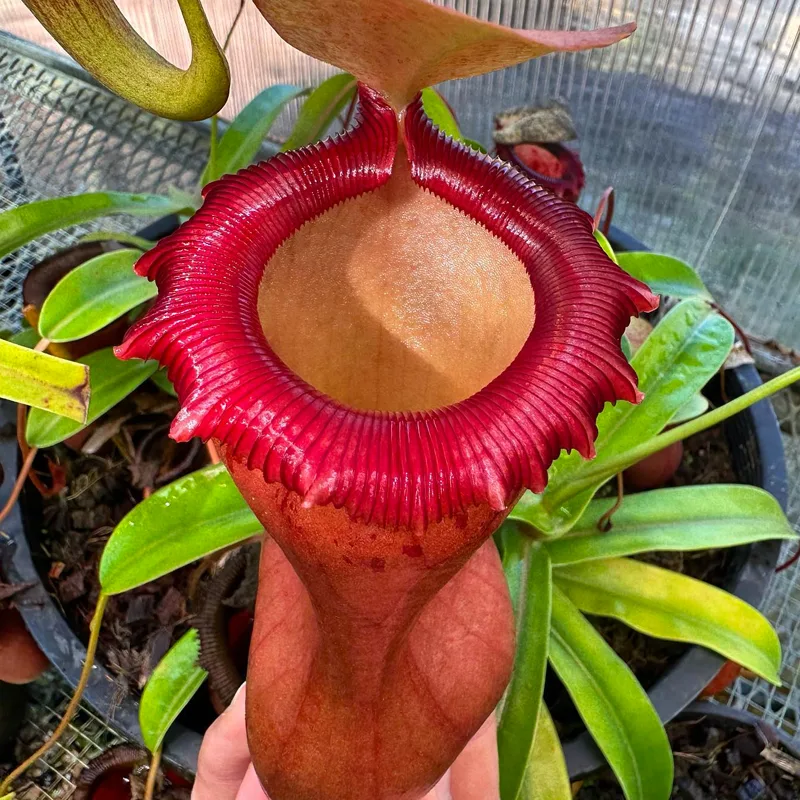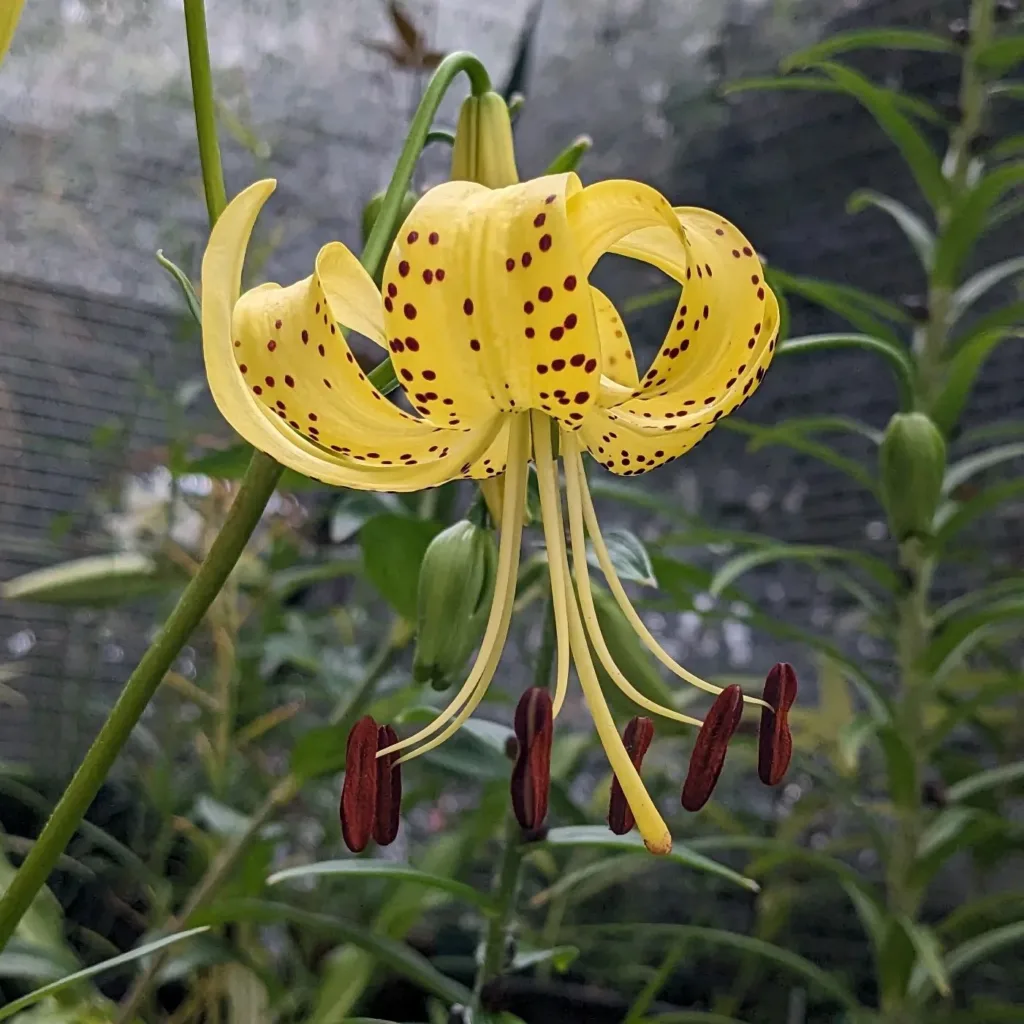
FAQs About Cotoneaster Horizontalis
As an avid gardener, I’ve found Cotoneaster Horizontalis to be a fascinating plant with a range of intriguing qualities and care requirements. Here’s a comprehensive guide based on my experiences with this plant, addressing some of the most frequently asked questions.
272 Species in Genus Cotoneaster
What is Cotoneaster Horizontalis?
Cotoneaster Horizontalis, often known as the “Herringbone Cotoneaster” or “Creeping Cotoneaster,” is a low-growing, spreading shrub that’s prized for its attractive foliage and bright red berries. It’s especially noted for its horizontal branching pattern, which creates a lovely, layered look in the garden.
When to Plant Cotoneaster Horizontalis?
I recommend planting Cotoneaster Horizontalis in early spring or fall. This timing allows the plant to establish its roots before the more challenging conditions of summer heat or winter cold. Choosing a time when the weather is mild helps the plant adapt and grow more effectively.
Where to Plant Cotoneaster Horizontalis?
Cotoneaster Horizontalis thrives in a variety of locations. It prefers full sun to partial shade and well-drained soil. In my garden, I’ve found it performs best in areas that receive at least six hours of sunlight daily. It can also tolerate some shade, but the berry production might not be as prolific.
Is Cotoneaster Horizontalis Evergreen?
No, Cotoneaster Horizontalis is not evergreen. It sheds its leaves in winter, but its interesting branching structure and persistent berries provide visual interest even in the colder months.
How to Grow Cotoneaster Horizontalis?
Growing Cotoneaster Horizontalis is relatively straightforward. It’s a hardy plant that adapts well to different soil types and environmental conditions. Ensure the planting site has good drainage, as the plant doesn’t like “wet feet.” Once established, it requires minimal maintenance, making it a great choice for low-maintenance landscapes.
How to Propagate Cotoneaster Horizontalis?
Propagating Cotoneaster Horizontalis can be done through several methods. I usually opt for softwood cuttings taken in late spring or early summer. Here’s a simple process:
- Take cuttings about 4-6 inches long from healthy, non-flowering shoots.
- Remove the lower leaves and dip the cut end in rooting hormone.
- Plant the cuttings in a pot filled with a mix of sand and peat moss.
- Keep the cuttings moist and in a warm, shaded area until roots develop.
You can also propagate through layering, where a low-growing stem is pegged down into the soil and allowed to root before being separated from the parent plant.
How to Prune Cotoneaster Horizontalis?
Pruning Cotoneaster Horizontalis helps maintain its shape and encourages healthy growth. I usually prune in late winter or early spring before new growth begins. Here’s how:
- Remove any dead, damaged, or diseased branches.
- Trim back the older stems to encourage new growth and maintain a compact shape.
- Thin out crowded areas to improve air circulation.
When to Prune Cotoneaster Horizontalis?
The best time to prune Cotoneaster Horizontalis is late winter or early spring, before new growth starts. Pruning at this time helps shape the plant and remove any winter damage.
How to Get Rid of Cotoneaster Horizontalis?
If you need to remove Cotoneaster Horizontalis, it’s important to tackle it properly to avoid regrowth. Here’s how:
- Cut the plant back to ground level.
- Remove as much of the root system as possible.
- Apply a glyphosate-based herbicide to any remaining roots or new shoots.
Be sure to follow all safety guidelines when using herbicides.
Are Cotoneaster Horizontalis Berries Poisonous?
The berries of Cotoneaster Horizontalis are mildly toxic if ingested. They contain cyanogenic compounds, which can cause discomfort if consumed in large quantities. However, they are not typically harmful in small amounts. It’s always a good idea to keep children and pets away from them.
Is Cotoneaster Horizontalis Poisonous to Dogs?
Yes, Cotoneaster Horizontalis can be toxic to dogs if they eat the berries. While not usually fatal, ingestion can lead to gastrointestinal upset. It’s wise to prevent pets from eating the berries to avoid any potential issues.
Is Cotoneaster Horizontalis Salt Tolerant?
Cotoneaster Horizontalis is moderately salt tolerant, which makes it suitable for coastal areas where salt spray can be a concern. However, it’s still best to provide some protection in areas with heavy salt exposure.
What to Plant With Cotoneaster Horizontalis?
Cotoneaster Horizontalis pairs well with other groundcovers and shrubs. In my garden, I’ve combined it with low-growing perennials and ornamental grasses. Consider planting it alongside plants like Creeping Jenny or Sedum for complementary textures and colors.
Can You Grow Cotoneaster Horizontalis Indoors?
Cotoneaster Horizontalis is generally grown outdoors. Its low-growing, spreading nature and light requirements make it less suitable for indoor environments. It’s best enjoyed as a garden or landscape plant.
Benefits of Cotoneaster Horizontalis
Beyond its aesthetic appeal, Cotoneaster Horizontalis offers several benefits. It’s a hardy plant that provides excellent ground cover, helps with soil erosion, and offers seasonal interest with its berries. It’s also relatively low-maintenance, making it a practical choice for many gardeners.
Common Problems with Cotoneaster Horizontalis
One common issue with Cotoneaster Horizontalis is susceptibility to certain pests and diseases, such as aphids and fungal infections. Regular inspection and prompt treatment can help manage these problems effectively.
In conclusion, Cotoneaster Horizontalis is a versatile and attractive shrub that can enhance your garden with its unique growth habit and seasonal interest. By understanding its care requirements and potential issues, you can ensure it thrives and adds beauty to your landscape.
If i die, water my plants!



